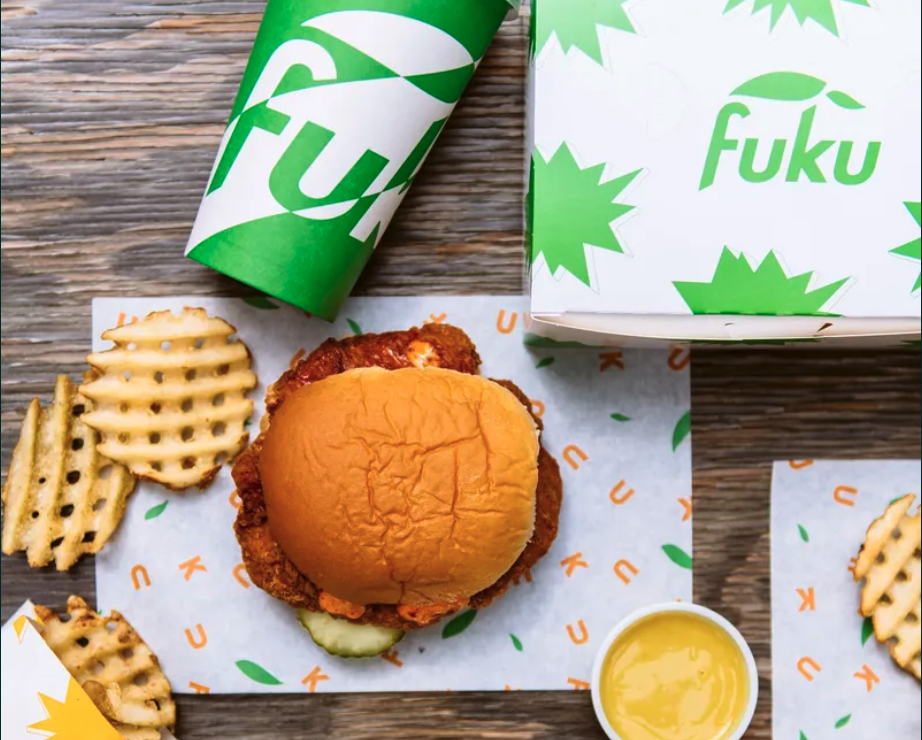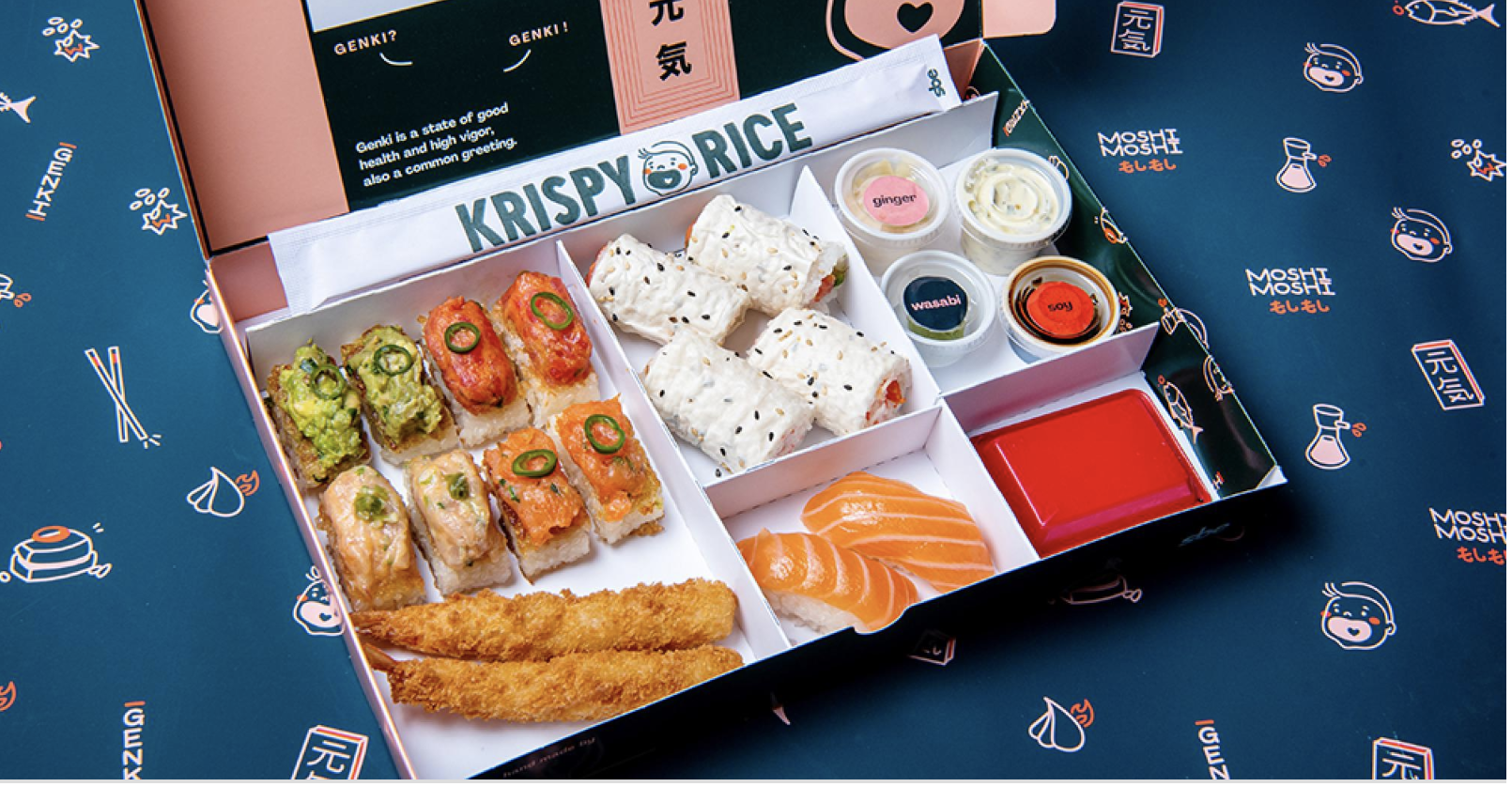CHECK OUT THIS GUIDE:
GHOST KITCHEN COMPARISON TOOL: CHOOSE THE RIGHT PROVIDER FOR YOUR VIRTUAL RESTAURANT
Ghost Kitchens
APR 14, 2022
Share
Once a mere murmur in the restaurant industry, cloud kitchens or ghost kitchens have now become an industry fixture. Before the pandemic, only 15% of restaurants used a ghost kitchens model. But by May 2020, that number reached 51% and only continues to grow.
The whole point of a ghost kitchen is to minimize the brick and mortar restaurant overhead — without a dining area, foot-traffic real estate, front-of-house staff, or any of the things that go along with the operating expenses of a restaurant — you operate only as a kitchen. That’s less upfront investment, which makes it easier to take risks and experiment with your offerings, especially your menu. This is where you shine as a ghost kitchen — through your food.

It’s important for a ghost kitchen menu to not only have items that are tasty but that are also optimized for delivery. Just like a traditional restaurant, your menu is a large part of the dining experience. But since there’s no actual dine-in experience, like ambiance and wait staff, your food better be good. Let’s look at what to consider for a solid menu as a virtual restaurant.
You might be able to make a mean soufflé or beef wellington from scratch, but that doesn’t mean it should be featured on your delivery menu. It’s expensive, complicated, and labor-intensive. When crafting your ghost kitchen menu, dishes shouldn’t be too complex to cook and assemble. Think of things you can prep or cook in advance in a tight kitchen space. Your dishes should be easy to make so they can be done fast and at scale. For example, the classic finger food – fried chicken – reigns supreme here. It’s versatile (think of all the ways you can prepare this), portable, delicious – and dirt-cheap to prep. Fuku, an existing restaurant that also operates as a ghost kitchen concept, does this exceptionally well. They offer five different fried, spicy chicken sandwiches and chicken tenders.

Source: Fuku’s classic chicken sando in The Center Magazine
Since your entire business model is based on take-out, your menu items have to travel exceptionally well. Maybe you make a mean hot sandwich but it turns soggy if it sits too long. Or you have cream sauce in a pasta dish that gets a little gel-like after 20 minutes. These things are deal-breakers for some customers. Make sure your dishes are surviving the trip over.
Avoid or alter food that will get soggy or will and steer clear of combinations that will mix or mash together during delivery, like sauce and purees. To ensure food quality is preserved, you may want to set delivery limits, like only delivering within a 15-20 minute radius. When preparing menu items for delivery, you also need to think about the components within a dish that may need adjusting in a delivery and to-go order. For example, you may need to package dressings and sauces in separate containers. Or provide the special sauce to your signature fries in a separate container, rather than directly on the fries. Delivery services and people may not always put your food first, so it’s up to you to think of all the ways you can help preserve the meal.

Source: Branded bags and boxes for your menu items, QSR Magazine
Your ingredients should be optimized efficiently aka usable in various dishes – not just one. As restaurant owners, when creating your menu dishes, you’re probably already thinking about what ingredients are best and most cost-efficient. As an owner of a virtual kitchen, make sure you’re also thinking about what’s most transportable. You should also update your menu based on product availability and the seasons.
Let’s say your concept is Mexican street food. You’ll probably be using peppers, tomatoes, and queso for several dishes. Good. And you’re probably buying them all in larger quantities which means you’re (hopefully) getting a better deal. You’re also not wasting as much because you know you always need those ingredients. That’s the awesome power of grouping your concepts – you’re keeping food costs low and preserving your profit margins.
When creating a ghost kitchen menu, more isn’t always better. Too many options overwhelm customers (think about when you’re scrolling on Netflix), is harder to manage, and are simply more expensive. Instead, create a focused menu – one that’s easy to manage, cheap to offer, and a breeze to prepare. The result is fewer ingredients, less food waste, and streamlined ghost kitchen operations. Restaurateurs take note: research shows too much choice hinders the decision-making process altogether and can lead us to not choose at all. The psychology seems to be that when a diner feels overwhelmed by a menu, they’ll typically default to an item they’ve had before.
If you love several dishes and simply can’t limit what should be on your menu, rotate your dishes, have a daily special, or save them for a pop-up event.

Source: Sam’s Crispy Chicken’s focused and solid menu, Oatz.com
Your ghost kitchen menu may be done, but these are some other areas to consider: the packaging and food delivery. No matter how good your food is, if it doesn’t travel well, it can ruin the customer experience and knock your restaurant brand’s reputation down a little. Not only should the food’s packaging be cost-effective and functional, but the presentation should also ideally align with your brand and be aesthetically pleasing.
It’s takeout hell when you’re famishedly waiting for your order to get in, opening the bag and seeing it squished, stone-cold, or upside down. It’s probably UberEats, DoorDash, or GrubHub’s fault, but think long and hard about whether you want to serve an item that doesn’t travel well long-distance. While you probably want to save costs on materials and not create extra waste, think of ways to go that extra mile to make sure you’re investing in the right containers and packaging. Figure out how your food will hold on to its integrity and consistency. Though you have no control over what happens once it’s with a delivery driver, you can train your staff on what every dish looks like when packed for a delivery order.
With so many takeout boxes and cups adding to the waste we produce and ending up in landfills, choosing eco-friendly alternatives can be a big selling point for customers. Over 70% of Millennials and Gen Z consumers are actually willing to pay more for sustainable products and services. Many restaurants are participating in the shift towards making their offerings and overall experience more sustainable. Look for eco-friendly, biodegradable, and compostable packaging where possible.
How the food is presented is reflective of your restaurant’s brand. In fact, it could be the only interaction that your customers really have with the brand, since there are no storefront, ambiance, or staff members to interact with. You want the packaging to look as good as the food inside. Takeout-only restaurant, Krispy Rice, has a distinctly branded box that never gets old on Instagram. Bonus: it’s also a carbon-neutral package.

Source: Krispy Rice’s signature branded box in Nation’s Restaurant News
Your menu and the packaging are all solid. Time to sell it a little. Take some quality photos of your dishes and give them names. This makes a huge impact on customers’ decision-making when browsing your menu. Give the diner a little visual push to place an order. You don’t have a physical location to upsell, so entice your customers with images and descriptions. Also, food porn sells – especially on social media.
As a ghost kitchen operator, it can be tough to own a restaurant business – it’s a hyper-competitive space. Make sure you secure a solid commercial kitchen with a proper ghost kitchen layout. Make sure you have a solid ghost kitchen restaurant concept, a great brand, and a well-crafted menu to match. Who needs a dining room these days? Use your menu to stand out from the competition, get on some delivery apps – or better yet – get on first-party online ordering. You’ll be getting eyes on your menu in no time.
CHECK OUT THIS GUIDE:
GHOST KITCHEN COMPARISON TOOL: CHOOSE THE RIGHT PROVIDER FOR YOUR VIRTUAL RESTAURANT
ENTER YOUR EMAIL TO STAY IN THE KNOW!